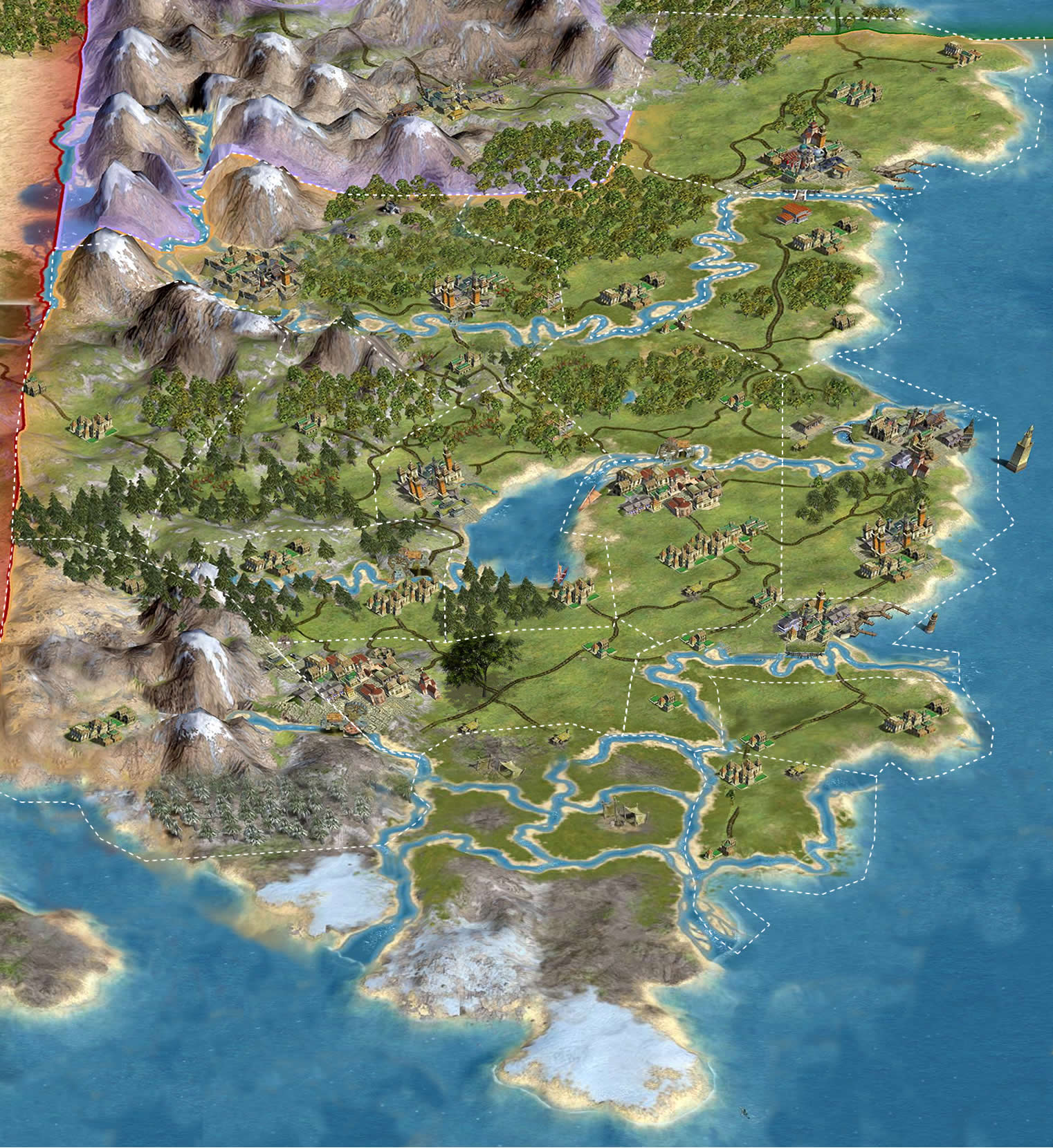Cedonian Temples
Thy Cedonian temples are central to Cedonian society, and vast resources are devoted to them, including both donations from the government and large estates of their own. In terms of power, the temples rival that of the secular authorities, and may surpass them. Although each of the temples has its own organizational structure and leadership, duties are shared among them, the Temple of Isekhmet, Goddess-Queen of the Earth taking a leadership role.
In Cedonian theology, the pharaohs are Cedonia's official representative to the gods, giving the pharoahs the double responsibility of secular administration of the empire as well as acting as a bridge to the gods. To help with the latter, the Temples partner with pharoah in
carrying out highest of temple rituals and tutoring and testing members of the pharoahic family for their sacred roles.
The temples are not just a social institution, but also the physical buildings that they owned. Temple staff are led by the clergy, but also include many people, such as musicians and chanters in temple ceremonies, artisans and other laborers who helped supply the temple's needs, and farmers who worked on temple estates. All are paid with portions of the temple's income. Large temples were therefore very important centers of economic activity, sometimes employing thousands of people.
Cedonian Temples exist in three forms:
Mortuary temples serve the spirits of deceased pharaohs. These are often associated with particular tomb complexes. The inner chambers of these temples are maintained only by descendants of the pharaoh and a particular class of priests that are born into the royal family.
Holy temples are dedicated to patron Gods in which physical images which served as the intermediaries to the gods and are cared for and provided with offerings. This service is believed to be necessary to sustain the gods, so that they could in turn maintain the universe itself. The basic temple layout is built along a central processional way that led through a series of courts and halls to the sanctuary, which holds a statue of the temple's god. Access to this most sacred part of the temple is restricted to the pharaoh and the highest-ranking priests. The journey from the temple entrance to the sanctuary was seen as a journey from the human world to the divine realm, a point emphasized by the complex mythological symbolism present in temple architecture. Well beyond the temple building proper are the outermost walls. In the space between the two lay many subsidiary buildings, including workshops and storage areas to supply the temple's needs, and the library where the temple's sacred writings and mundane records were kept, and which also served as a center of learning on a multitude of subjects.
Worship Chapels are for regular people to worship and pray to the Gods. They are built whenever there is a population large enough to support them, and may be attached to the more formal Holy Temples.
Type
Religious, Organised Religion
Parent Organization
Subsidiary Organizations
Related Ethnicities



Comments